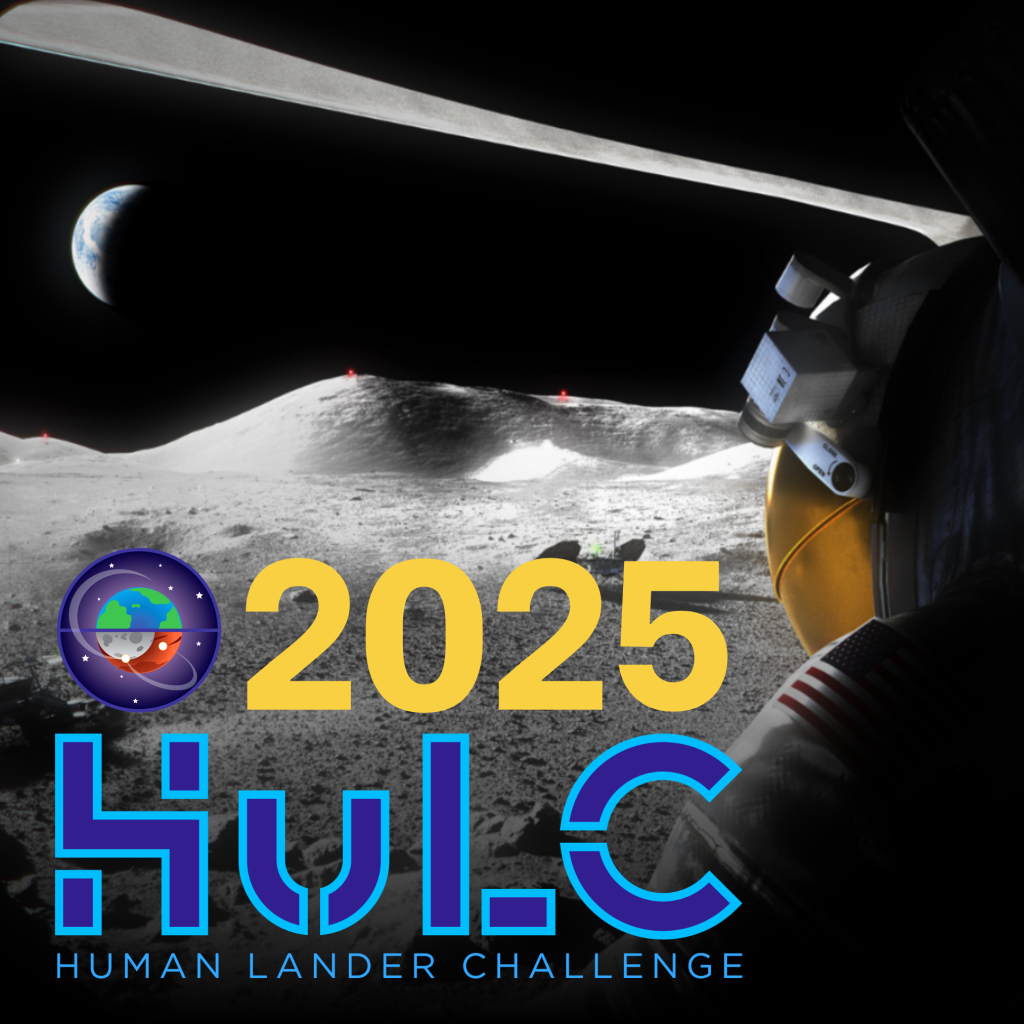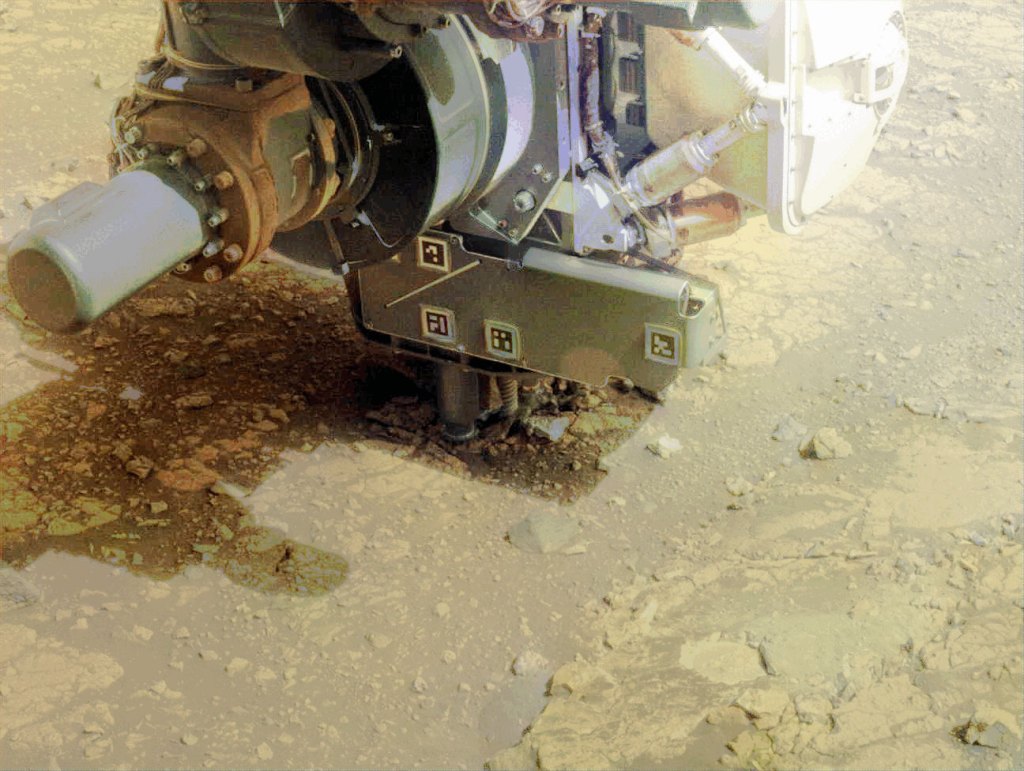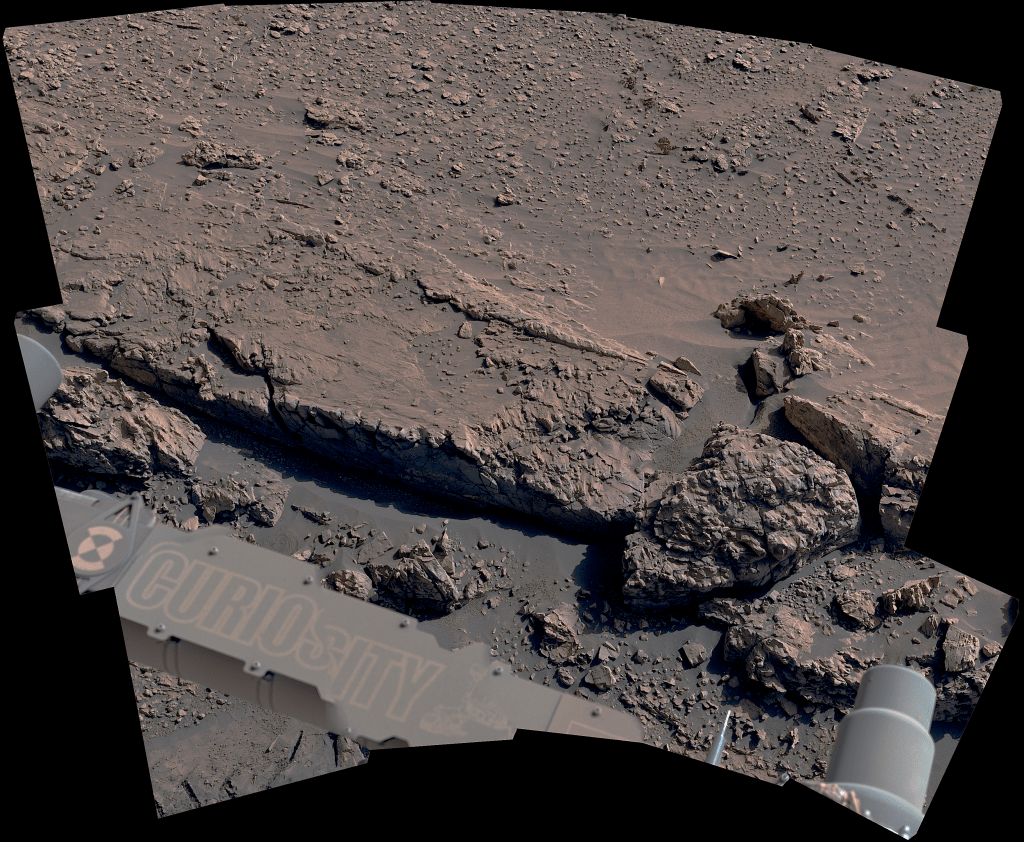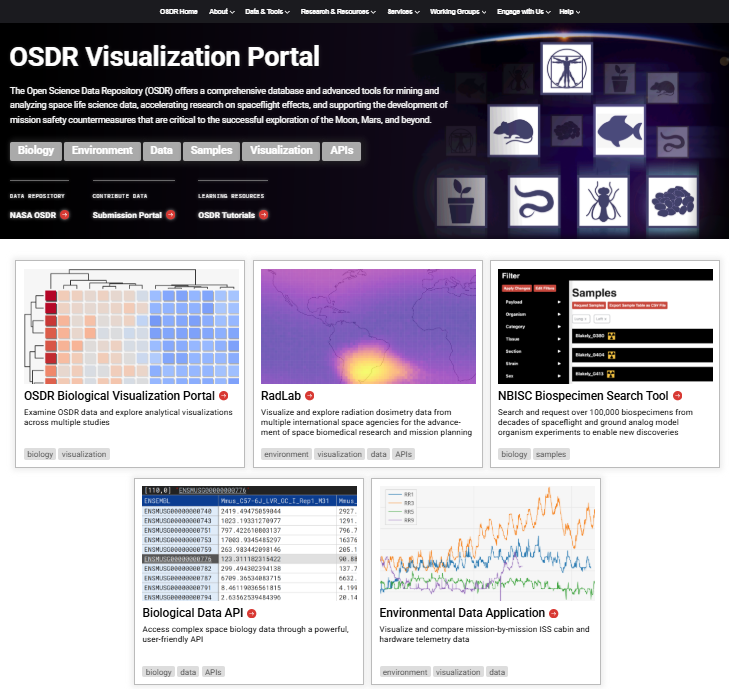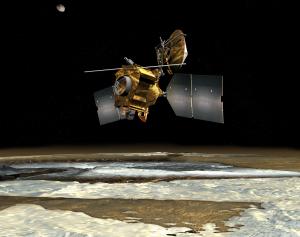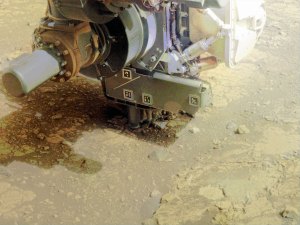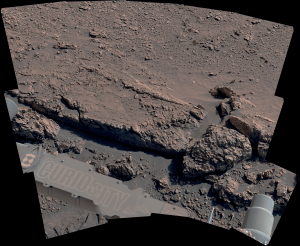Cassini is currently orbiting Saturn with a period of 23.9 days in a plane inclined 21.9 degrees from the planet's equatorial plane. The most recent spacecraft tracking and telemetry data were obtained on Feb 24 using the 70-meter diameter Deep Space Network station in Australia.
Cassini is currently orbiting Saturn with a period of 23.9 days in a plane inclined 21.9 degrees from the planet's equatorial plane. The most recent spacecraft tracking and telemetry data were obtained on Feb 24 using the 70-meter diameter Deep Space Network station in Australia. The spacecraft continues to be in an excellent state of health with all of its subsystems operating normally except for the instrument issues described at http://saturn.jpl.nasa.gov/news/significantevents/anomalies .
This illustration shows Cassini's position on Feb. 23: http://go.nasa.gov/1OdNmE9. It's clear that the kick from Cassini's T-117 encounter has put the spacecraft on a longer orbit than the previous one. The format shows Cassini's path over most of its current orbit up to today; looking down from the north, all depicted objects (except the background stars of course) revolve counter-clockwise, including Saturn along its orange-colored orbit of the Sun.
The Cassini flight team's work becomes less compressed when Cassini is flying a longer orbit about Saturn. Typically there are three opportunities to fire the rocket engine or thrusters to adjust the trajectory during each orbit, and each opportunity requires the team to accomplish multiple tasks and work several meetings. Since the T-117 Titan encounter last week set the spacecraft onto an orbit that takes about eight days longer to go around Saturn, there is more time in between pressing realtime operations, and therefore a bit less pressure for some team members.
Still, work continues at a steady pace to prepare the next command sequences that will orchestrate the spacecraft's activities, in concert with Deep Space Network (DSN) resources that need to be scheduled. The S93 sequence continues running on Cassini until April 18, when the S94 sequence will have been completed and installed on the spacecraft. By then, Cassini's orbit will have expanded another eight days to a 32-day period, thanks to the Titan flyby T-118 on April 4.
Wednesday, Feb. 17 (DOY 048)
Today marks 6,700 days since Cassini was launched from Earth, on Oct. 15, 1997. The DSN has kept the flight team's engineers and scientists in close regular contact with the spacecraft ever since that day, despite the enormous physical distances.
Cassini's T-117 close encounter with Saturn's mysterious, haze-enshrouded, moon Titan finished up today, after having come within 1,018 kilometers of its surface. The Radio Science atmospheric occultation went perfectly, and the bistatic experiment succeeded in "spotlighting" Titan's surface; the DSN captured specular reflections of Cassini's radio beam coming from some of Titan's surface wetlands, ponds, or small lakes. From this, the Radio Science team will be able to extract information to characterize the surface reflectivity, dielectric constant, and roughness.
Data from Cassini's remote-sensing observations during the encounter were stored onboard and then played back successfully via telemetry. Among them, the Visible and Infrared Mapping Spectrometer (VIMS) had looked for a specular reflection of sunlight from some small northern lakes. The Composite Infrared Spectrometer (CIRS) made measurements that add to a three-dimensional picture of Titan's atmospheric circulation. The Imaging Science Subsystem (ISS) imaged Titan's surface and atmosphere at high-phase solar illumination over Titan's anti-Saturnian hemisphere. Additional information about the flyby may be found at http://saturn.jpl.nasa.gov/mission/flybys/titan20160216 .
Thursday, Feb. 18 (DOY 049)
ISS monitored Titan for nine more hours today, with CIRS, VIMS, and the Ultraviolet Imaging Spectrograph (UVIS) participating at times, to track clouds and their evolution. The huge planet-like object had receded to over one million km from the speeding spacecraft by the end of the day.
Data from CIRS appears in an image featured today, showing changing temperatures on the surface of Titan as its seasons progress: /resources/16309/ .
Friday, Feb. 19 (DOY 050)
The spacecraft turned its telescopes to Saturn today while UVIS created radial profiles of the atmosphere for 80 minutes. Next, UVIS observed Saturn's thermosphere, up above the visible atmosphere, for nine hours. ISS then looked for small objects near Saturn for an hour as part of the satellite orbit campaign.
Saturday, Feb. 20 (DOY 051)
Cassini's Magnetospheric and Plasma Science (MAPS) instruments collected data for most of today, as they often do, even during the many different optical remote-sensing observations. When the spacecraft turned to face its high-gain antenna to Earth, commands arrived that had been prepared based on the Navigation team's analysis of the past few days of radiometric tracking data from the DSN. In response, Cassini turned and fired its small, hydrazine-fed rocket thrusters for 69 seconds. This gave the spacecraft the change in velocity of 69 millimeters per second that was necessary to clean up its trajectory following T-117. This maneuver was performed on its backup opportunity, in order to incorporate one more day's tracking data, and to allow for slightly better orbital-mechanics performance.
In addition to trajectory cleanup, the maneuver also targeted the spacecraft for a line-up on March 11 during which UVIS will lead an observation of a stellar occultation: the bright star Epsilon Orionis (the middle star in Orion's belt) will pass behind Enceladus and its south-polar plume of ejecta.
Sunday, Feb. 21 (DOY 052)
ISS performed another 60-minute satellite orbit observation. Following this, ISS, CIRS and VIMS jointly observed the Encke Gap in Saturn's A ring for 19 hours; the data will be combined into a movie. This was more than enough time for particles in that gap to make a complete orbit of Saturn. Next, CIRS stared at the sunlit side of Saturn's broad A ring for 10 hours today, obtaining high-quality spectra at thermal-infrared wavelengths. This allows CIRS to infer information about ring-particle composition.
Monday, Feb. 22 (DOY 053)
ISS began a 30-hour observation of Saturn's irregular moon Skoll. Named for a giant wolf in Norse mythology, this object is about 6 km in diameter; its inclined retrograde orbit takes it more than 25 million km from Saturn.
Three of Saturn's icy moons are captured straddling the rings in an image featured today.
Tuesday, Feb. 23 (DOY 054)
On five occasions during the week, when the optical instruments were pointing at or near Saturn, ISS made two-minute Saturn storm-watch observations; VIMS rode along with two of them. Also this week, the Deep Space Network communicated with and tracked Cassini on six occasions, using its stations in Spain and Australia. A total of 135 individual commands were uplinked, and about 1,233 megabytes of telemetry data were downlinked and captured at rates as high as 124,426 bits per second.







